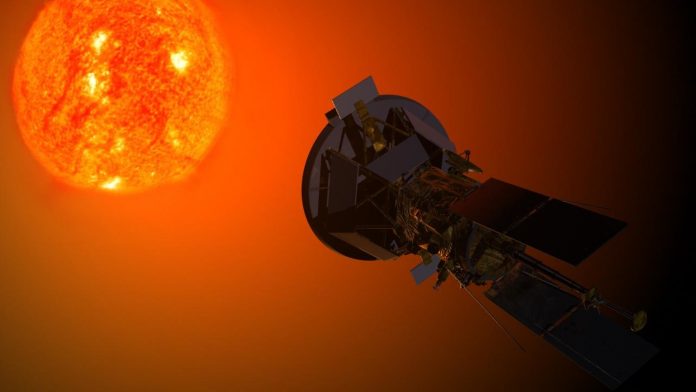National Aeronautics & Space Administration (NASA), which is an independent agency of the of the United States federal government’s executive branch, has planned to launch Parker Solar Probe in the summer of 2018, aimed to explore the atmosphere of the sun. This probe launch is entirely focused to study outer atmosphere of the Sun and to have an in-depth understanding of how the sun works.
Initially, the name of the probe was Solar Probe Plus, which was renamed to the Parker Solar Probe, honouring astrophysicist Eugene Parker. For the very first time, NASA has named a spacecraft after a living person.
About Astrophysicist Eugene Parker
Eugene Parker is an American astrophysicist who in the mid-1950s described the theory on the supersonic solar wind and also predicted solar magnetic field’s Parker spiral shape in the outer solar system. A research paper was published by Eugene Parker that predicted solar wind’s existence in 1958. Before Parker theory revealed that solar wind is the flow of gases from the Sun, it was believed that vacuum is between the planets.
NASA’s Parker Solar Probe: Key Facts
- The Parker Solar Probe is 10-feet high and will fly within Sun’s surface’s 6.4 million km into the solar atmosphere.
- The objective of the Parker Solar Probe launch is to study the atmosphere of the Sun in detail, put some light on Planet Earth and its place in the solar system.
- The probe will be the first human-made probe to face the brutal heat of the sun and the radiation.
- The probe mission is aimed at determining the dynamics and structure of the plasma and magnetic fields at solar wind sources.
- This probe launch is the first mission of NASA to the sun and its outermost atmosphere corona.
- The mission is all set to start in summer of 2018 and is slated to end in June of 2025.











































